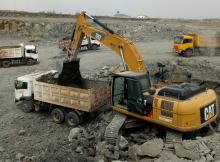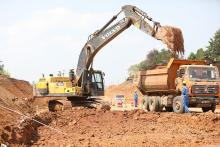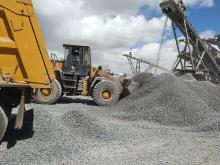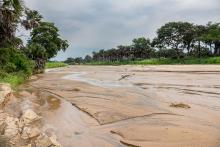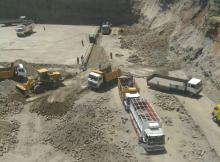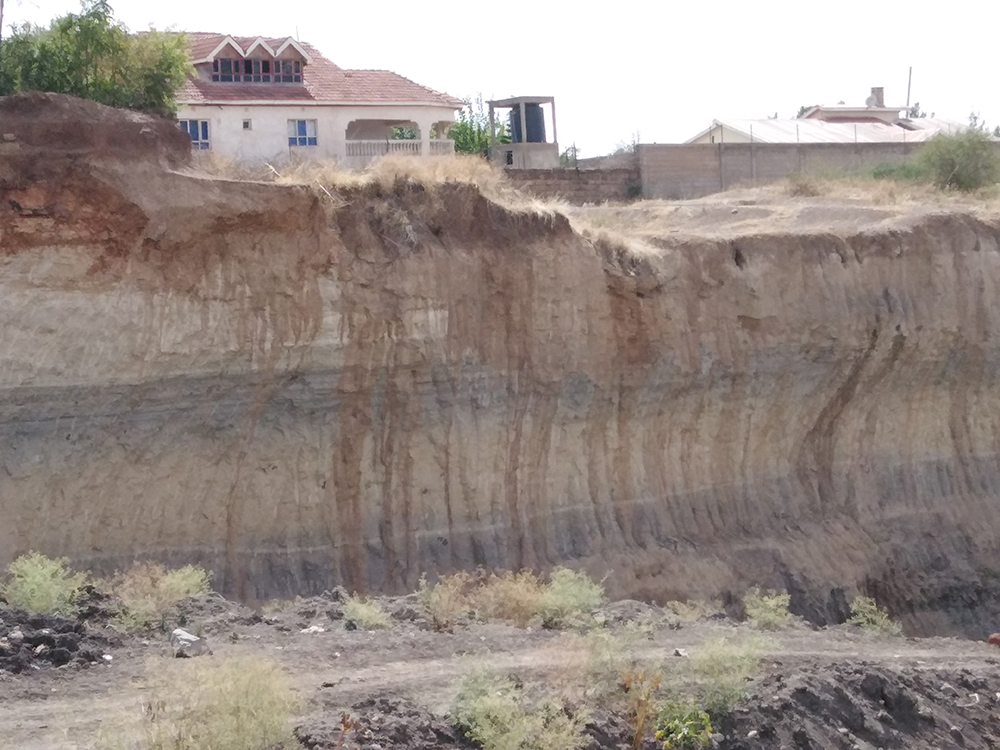
The East Africa region’s enormous investments in infrastructural development have presented a massive opportunity for both local and international investors keen on supplying construction materials.
The region’s massive infrastructural projects which are fuelled by generous spending by East African national governments have seen quarry miners strategically position themselves to tap into the booming aggregate market.
Governments in the region have been spending heavily in ongoing mega-infrastructural projects which include new airports, major road corridors, sea ports and railways.
However, as the investors scramble to acquire new quarry mine fields, so resistance is mounting from local communities and residential property owners.
Though the aggregates market has undergone tremendous growth over the years, striking a balance between mitigating quarry impacts on local communities and fulfilling the regions demand for aggregates has remained a tricky and delicate process for miners.
The heavy investments have seen increased quarry mining activities which have escalated land disputes, pitting locals against quarry investors.
Driven by high demand for construction materials, quarry companies are constantly prospecting for new frontiers for aggregates mining, but as their search intensifies, conflicts with local communities are fast emerging over the destruction caused by mining vibrations.

In Katani village, Mavoko Sub County, some 25 kilometres south-east of Nairobi, local communities and residential property owners are on a collision course with quarry miners over destruction caused by quarrying activities such as blasting and use of explosives.
“The vibrations from the mines are weakening building structures, cracks have emerged from all corners of my house, now I have to undergo an extra cost of maintaining the house,” said Stephen Makau, a property owner along the expansive Katani quarry mine fields.
“We have more than ten cases pending in courts, all petitioning the government to stop issuing licences to quarry miners in these areas.’’ Makau told Aggregates Business International.
While many home owners have sold their properties in Katani and relocated elsewhere due to impacts from the quarry mines, Francis Musyoka, a home owner in Katani, maintains he isn’t going anywhere. He is, instead, grappling with how to adapt to the destructive activities.
“We are looking for new technologies that can withstand these vibrations and dust. Currently I’m looking at how I can get some new ventilators that can absorb the dust from the quarries. This will definitely require an additional expenditure,” noted Musyoka.
In the recent past, due to increased quarrying activities in settlements, communities and residential property owners in mine fields across the country have been petitioning the government to stop issuing new licences to stone quarry miners.
They want the government to put in place new regulations that will bar quarry miners from carrying out their activities near their properties or settlements.
The Katani residents blame the government for failing to zone land ̶ there is no land use plan in the county which separates or designates land for mining, agricultural use or settlement.
As in other parts of the country where quarry mining is carried out, Mavoko Sub County, has no designated mining fields and most of the mining activities are carried out in settlements or adjacent buildings, posing a threat to residential buildings and the population that lives in the area.
Over the years, due to its proximity to Nairobi and its rich potential for aggregates, Mavoko has attracted a growing number of industrial entities such as quarry miners and cement producers.
In Kenya, like other parts of East Africa, cases of quarry companies flouting laws in a bid to access construction materials have become rampant and widespread.
Last year, property owners in the Katani area of Mavoko Sub County sued a Chinese construction company, SinoHydro Tiajin Engineering, seeking orders to stop the firm from carrying out quarrying activities in the area.
The firm had won a US$84million contract to expand the outer ring road into a dual carriageway, a major road that would connect to Nairobi-Thika highway, Eastern bypass, Northern bypass and Jomo Kenyatta International Airport.
A report by Shomax Consulting Engineers, a leading structural and civil engineering firm, tabled in court by Katani residents stated that the structural integrity of premises surrounding the area and the security walling had been compromised by SinoHydro Tiajin Engineering’s quarrying activities and required urgent remedial measures.
A report noted that the damages on residents’ homes was occurring on an increasing basis.
Another quarry owned by a Chinese firm, Synohydro Corporation, was closed down in Kilimambogo, east Thika, after a blast left a trail of destruction injuring 50 people and destroying several classrooms of St Mary’s academy and nearby houses.
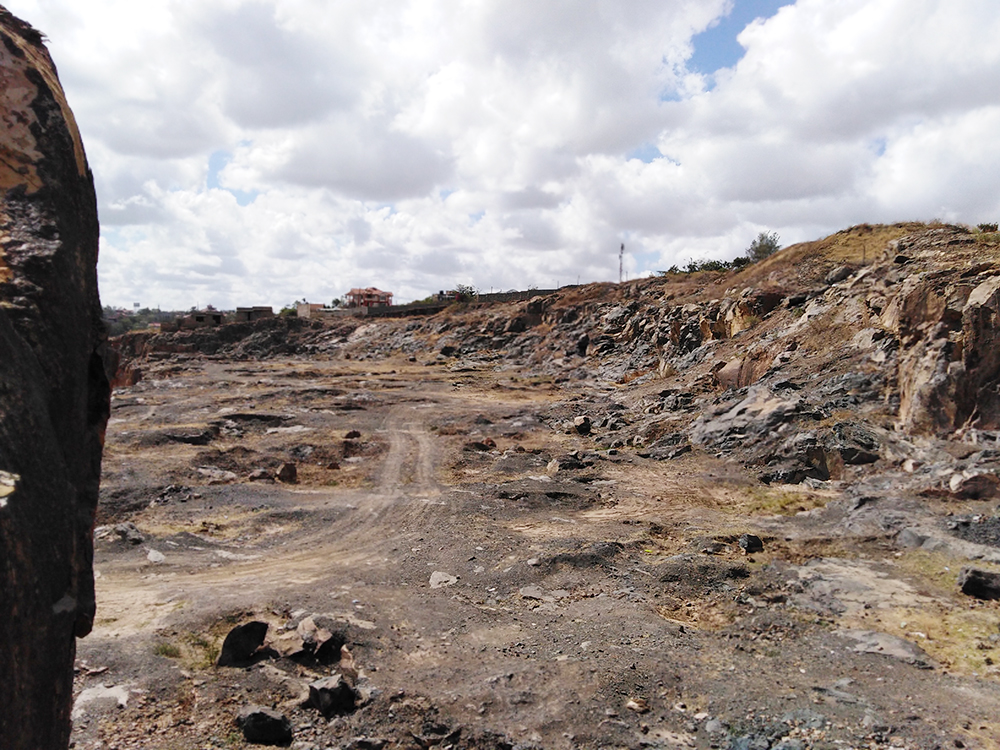
In March this year, the Kenya Forest Service (KFS) revoked a licence issued to Hydro Masters Drilling Company which was licensed to rehabilitate quarry mines in Ngong forest. Instead of rehabilitating the quarry mines, the company subleased its special use licence to a Chinese construction company - China Communication Construction Company Limited East Africa (CCCC) which went ahead to illegally exploit and excavate construction materials from 7.6 hectares of forest land.
Though the country has enacted progressive laws to regulate the mining industry, the growing litany of legal suits across the country has sparked calls for new legislation and enforcement to safeguard communities from environmental and health hazards occasioned by quarry mining activities.
According to environment protection officials, the conflict is widely attributed to a lack of a national land use-policy which has resulted in confrontation between land users.
“Since the country gained independence, we didn’t have a national land use-policy until last year, and most of the urban and rural planning and design are not designated or zoned, giving locals the right to choose what to do with their piece of land,” said Titus Simiyu, an official with the National Environment Management Authority (NEMA).
Despite the launch of a National Land use policy last year, Simiyu says there is a need for local and national governments to enforce the policy in order to avert cases of land conflict.
“As an environment protection agency we don’t have the mandate to dictate land use. This is solely the responsibility of local governments,” noted Simiyu.
He says the lack of land-zoning is a major challenge hindering the effective regulation of quarry activities in the country.
Local governments are yet to zone areas in order to classify land meant for mining, agricultural, residential and commercial use ̶ a recipe for constant conflict between local communities and quarry companies.
“The solution to these conflicts is land-zoning. Local governments need to review their land-use policy and zone land to clearly classify where mining or agriculture should take place,” said Simiyu.
Construction experts and property developers are concerned that the conflict between miners and communities could hamper aggregate production at a time when the region is experiencing high demand for aggregates.
By extension, the disruption in the construction value chain could lower supply of aggregates and slow down the proposed infrastructural projects and booming housing and property development.
“Such court injunctions could lead to stalled projects and impact negatively on aggregate production capacity which could deal a big blow to the construction industry,” warns Kevin Kameri, a structural and civil engineer.
He says that the country’s construction landscape could change and scare off quarry investors if the national land-use policy is not implemented.
“If nothing is done to resolve these disputes, we could end up seeing quarry firms pull out of these business, a situation that can lead to shortage of construction aggregates,” he observed.
Kameri says people planning to build homes in areas with quarrying activities have to be innovative when choosing construction materials so that their structures can withstand blasting and subsequent tremors from quarry mines which weaken building structures.
“The damaging impact of quarrying on homes calls for new approaches in construction material or quarrying technology as a mitigation strategy,” says Kameri.

